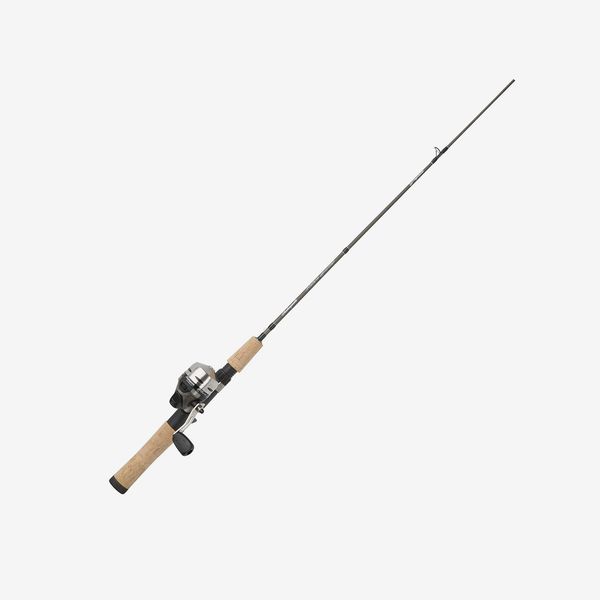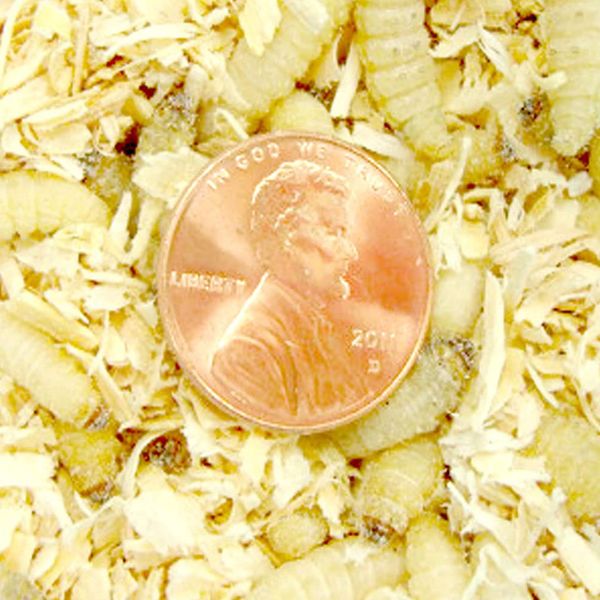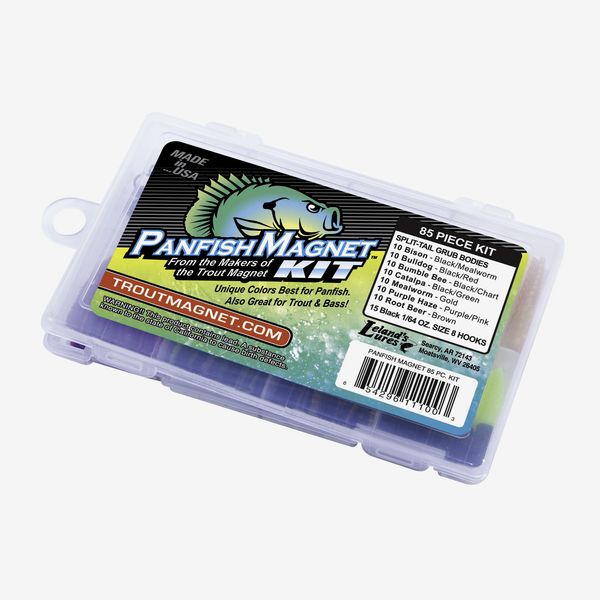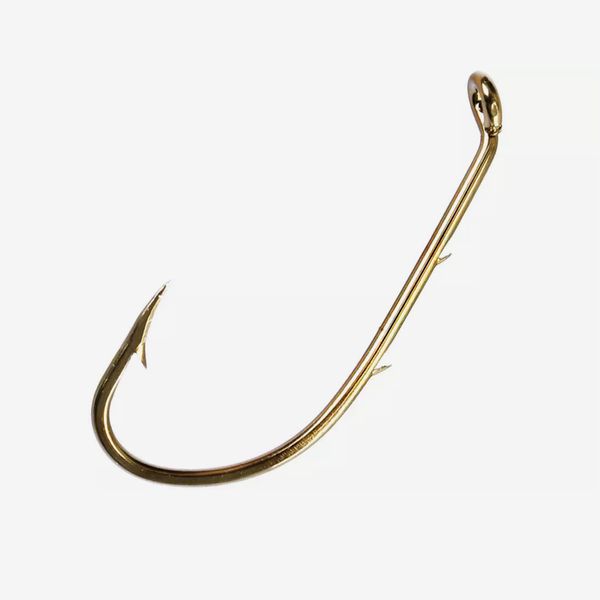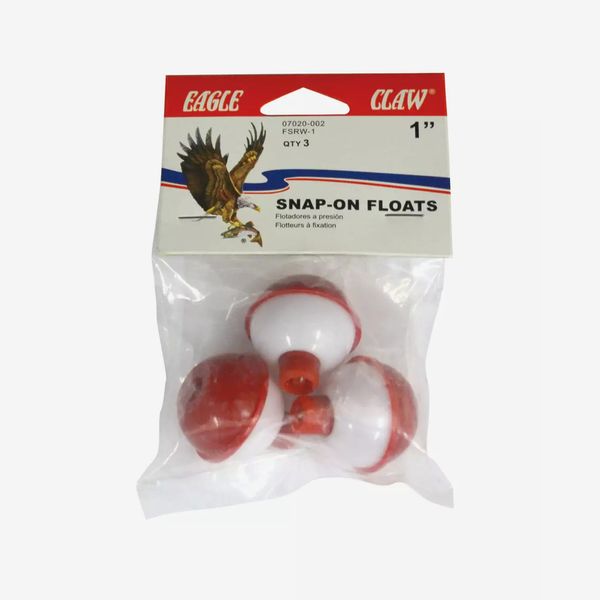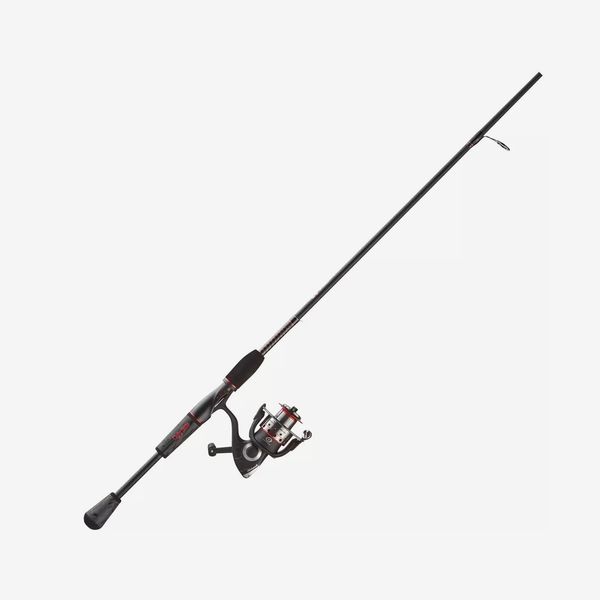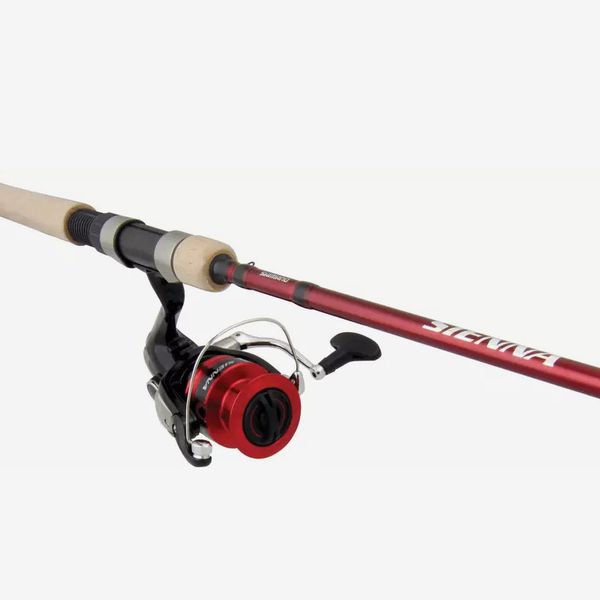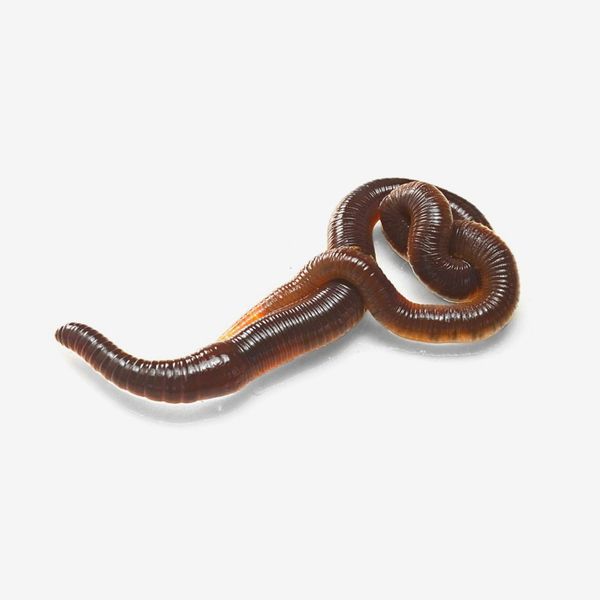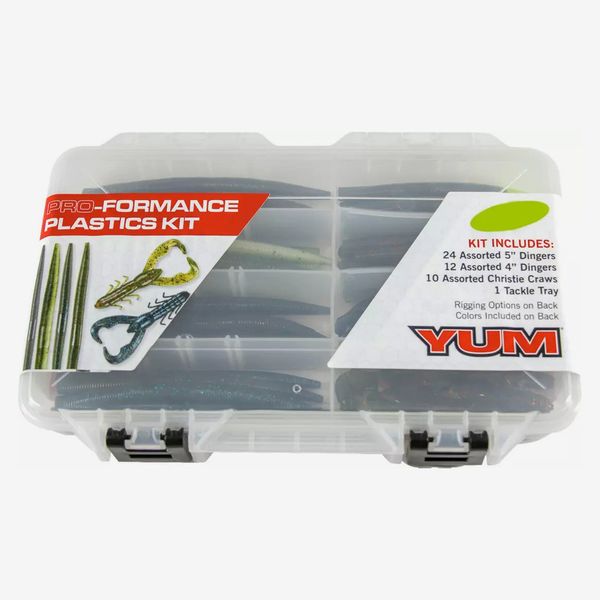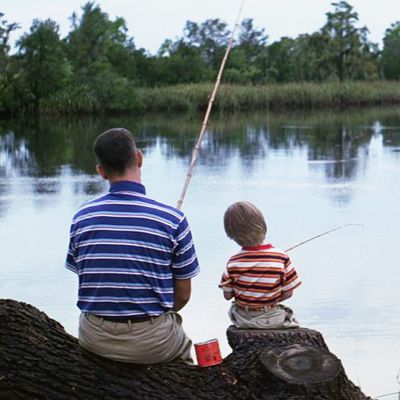
For a sport many turn to out of nostalgia for a simpler time, getting started with fishing really isn’t that simple. There are hundreds (if not thousands) of rods and lures on the market, with each claiming to be the sole step between you and your next catch. How to avoid getting mired in confusion about which rods and add-ons are right for you?
The good news is you can instantly narrow down that vast range by focusing on the two types of fishing that all five of the experts we spoke to told us were best for less-than-expert fishers: pan and bass fishing. (They’re the best, we learned, because they’re both the easiest for beginners, and also the only two types of fishing available in all of the contiguous 48 states.)
But even at that point, finding the gear you need to give pan and bass fishing a fair shot without overspending is still an intimidating prospect to a newcomer. To remove some of that stress, we asked our experts — who range from bait and tackle store owners, to passionate hobbyists, to the President of the International Federation of Black Bass Anglers — for their advice on the best beginner rods, bait, and hooks for those on a budget, all of which they promise will guarantee you take something out of the water in your first few attempts. (Just be sure to hold it horizontally for the victory photo, they say, as holding a fish vertically can injure them before you put them back in the water.)
Just before we get started, a further note that the coming fall months for pan and bass fishing are “the holy grail,” according to Alex S. Hedaya, who has fished for both for more than ten years. “In general, the summer is so hot that the fish aren’t really biting as much. But when it cools down in fall, they’re biting so much to fatten up for winter, you can catch the same fish four times.”
Panfishing gear
Best affordable panfishing rod
“The easiest place for anyone to start is panfishing,” says Ross Gordon, the CEO of modern fishing brand Catch Co, “because they’re in every body of water, are relatively small, and are super easy to catch, as their populations are very high wherever they are.” Because panfish are lighter, experts recommend using lighter rods. (In general, the lighter the fish, the lighter your rod should be, so that you can feel when it nibbles.) “The main thing you want with panfishing is light action,” says John DeCuffa of the Bronx’s Jack’s Bait and Tackle, because it gives you “the sensitivity to feel the bite” (in the words of Arthur Bronson, president of the International Federation of Black Bass Anglers.)
This affordable, ultra-light spinning rod from fishing brand Shakespeare was recommended to us as a great starting point by Gordon, Hedaya, and Bronson. That’s because on top of it being a light rod with a suitable length for panfishing, it’s also a “combo” rod, meaning it comes with a reel and line already attached.
Best live bait for panfishing
For panfishing, when it comes to bait and tackle (two words that experts told us are for the most part interchangeable) there are two routes to go down: live, or artificial. “For most people trying to panfish, there are two choices of approach, live bait or artificial bait,” says Gordon, who feels that live bait is slightly better at catching panfish. “The easiest way to catch a panfish is to use a waxworm, put it on a hook, cast it, wait for the bobber to go down, and start to reel in,” he says. This pack of waxworms has a “Live Guarantee” for shipping, and can be delivered to either your home or local post office.
Best artificial bait for panfishing
While generally speaking live bait “will get a little more bite,” Gordon acknowledges that “it’s a tradeoff — they don’t last as long, and people tend to be squeamish around them.” If you don’t like the idea of putting live worms onto a hook (we don’t blame you) our experts told us that thankfully you can also easily catch a fish with artificial bait. “Fish will feed based on a variety of their senses, from sight to smell to taste, and they also have a line down the side of their body that can detect movements in the water. They’re reactive predators, and not that intelligent.” All that to say, Gordon says, that “If they’re feeding and there’s an artificial lure in the water, they’ll come and check it out. They may not hold it as long, but they’ll hold it long enough for you to start reeling.”
Ross’ favorite artificial kit for panfishing is called, fittingly, the PanFish magnet. “I recommend it to people fishing for the first time, because it’s an all-in-one kit,” he says. Hedaya is also a fan of kits like this, because they come in a number of colors, which he and magazine editor (and longtime fisherman) Matt Hranek tell us is a good thing, because if you aren’t getting bites, sometimes changing up the color of your bait is just the thing to get a different reaction.
Best hook for panfishing
When fishing, Hedaya and Hranek told us, your hook (like your rod, and bait) should match the type of fish you’re going for. With panfishing, as they’re smaller fish, you’ll want a smaller hook. These size 10 hooks are what he uses, and while you can pick them up almost anywhere, he buys his at Dicks.
The best bobber for panfishing
When it comes to bobbers (which sit on the water and drop below when a fish pulls it, telling you when to start reeling) our expects universally said that almost all simple, round bobbers will work just fine. However, Gordon did point out that he doesn’t recommend ‘Flip Bobbers’, where “Your line runs through the bobber,” to beginners, because they increase the risk of tangles. These simpler bobbers were recommended to us by Hedaya. (Note: there are no bobbers in the next section, as in bass fishing it isn’t customary to use one.)
Bass fishing gear
Best affordable bass fishing rods
There are a few reasons that at some point you’ll want to level up to bass fishing, say our experts. “You want to catch bigger fish,” is one reason Gordon mentioned, but he adds that, “there’s also an element of sportsmanship in bass fishing, too, that’s a little different. Because you’re relying on the feel of rod rather than a bobber, there’s more skill involved.”
To put yourself in the best position to solve that puzzle without breaking the bank, our experts all said you’ll want to purchase another combo rod with a spinning reel, although this time one that’s a little sturdier, as bass are bigger and you don’t need as light a rod to feel them. “The most important thing for beginners,” Bronson says, is to “not get a specialized bass rod, but to get one that is durable and will work for every circumstance, and is economical.”
This stronger rod came recommended to us by three experts who vouch for the brand’s quality at an affordable price point. They also like it because, at 6’ 6”, it’s longer than the panfishing rod, which is better for bass fishing, because “it gives you the most reach, control, and flexibility. Anything shorter and you’re going to have to work harder.” And Hedaya says that this is the model he keeps in his car to teach friends with, and that it’s never let him down.
Hranek told us he’d also recommend an entry-level bass fishing rod like this one from Shimano (which Gordon is also a fan of) for the simple reason that they produce rods all the way up to the most expert level. “As you get better at it,” he says, “you can graduate within the brand portfolio to better versions of what you started out with.”
Best live bait for bass fishing
It’s less common, but if you prefer it, Gordon says “You can still fish for bass with live bait.” But if you do, he and Hedaya said you’ll want to “upgrade to nightcrawlers” which, essentially, are larger worms for larger fish—and are the most popular live fishing bait in general. This pack of worms ships overnight from Petco, with 12 to a tin.
Best artificial bait for bass fishing
The majority of our experts, however, told us they use rubber worms when bass fishing. “I also use topwater poppers,” Hranek says, “but I find nine times out of ten, they’re taking the rubber worm.” Both Hranek and Hedaya told us about how having a kit with multiple colors of rubber worms is preferable, as, according to Hranek, “when they’re not hitting, you throw an unexpected color and sometimes, even if out of aggression, that’s what makes them finally bite. What you’re trying to do is have them respond to you.” Hedaya tells us this has long been his favorite kit to use, as it comes with 46 rubber worms of different sizes and colors.
The best hook for bass fishing
Because bass are a little bigger than panfish, Hedaya says you’ll want a bigger hook. He likes a size 4, and buys his from Dicks also; “I use a 4 for a bass in case, even though others use bigger hooks for bass, so I still have a chance of catching some that are a little smaller.” (Ross also recommends using a size four hook for bass fishing.)
The Strategist is designed to surface the most useful, expert recommendations for things to buy across the vast e-commerce landscape. Some of our latest conquests include the best acne treatments, rolling luggage, pillows for side sleepers, natural anxiety remedies, and bath towels. We update links when possible, but note that deals can expire and all prices are subject to change.
Every editorial product is independently selected. If you buy something through our links, New York may earn an affiliate commission.

